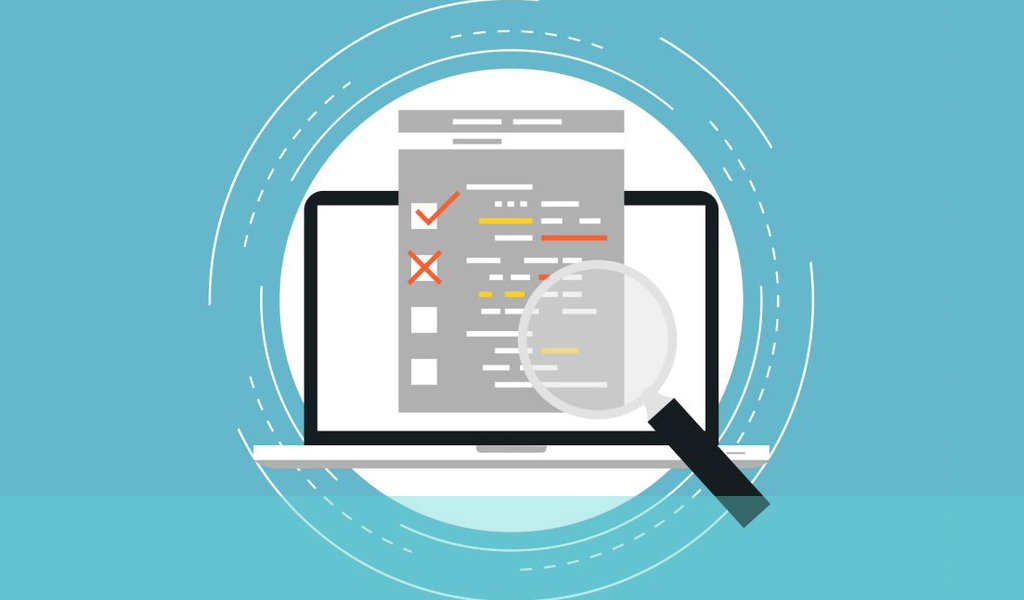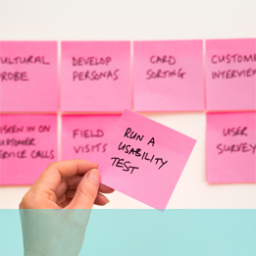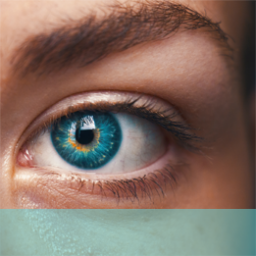
With the arrival of the global pandemic we experienced an immediate increase in remote ux research. That was to be expected given the opportunity to run face-to-face research had disappeared entirely. Note that I used the word “increase”.
What are the benefits?
We use remote research as one of the methods in our UX toolbox and were doing so long before the global pandemic crisis. Since technology has allowed us to run remote UX research with mobile devices it has become a viable alternative to in-person. This is because it brings specific value and enables us to do things we could not do in-person. Things like:
- allow participants to join the research from their natural environment
- generate insight from a widely dispersed geography cost effectively
- offer flexibility with session times compared with the restrictions placed on us by using a lab
- enable a wider group of stakeholders to view the research
- make research with difficult to reach customer groups possible
- stakeholders can more easily dip in and out of research rather than needing to commit to full days in a lab
Most of the benefits listed are economic other than the first which is about putting the participant at ease. If we were to write about face-to-face versus remote we would be more likely to focus on the observational benefits of having the participant in the same room. So is remote ux research a valid alternative to in-person research or do we lose more than we gain?

What do we lose?
There are three main areas where remote UX research falls short when compared with in-person research. These are:
- Body language – many senior UX researchers have backgrounds in psychology and gather a lot of data from observing the participant in totality. If all you can see is their face this data set is limited.
- Screen handling – with mobile research we cannot see where the user is intending to touch. We can only see where they actually touch.
- Can’t see them at all – in some cases, remote research requires the participant to operate outside the research software (for example Lookback.io). When they leave the app we can still hear them and still see their screen but we cannot see their facial expressions.
It wasn’t long ago that I would add to the list the bias in recruitment because we needed very technically competent people to join remote sessions such was the complexity of the software. That is no longer the case and the general population is well versed in using remote technology.
Is remote invalid therefore?
If you need any of the benefits that remote UX research offers it is a moot point, you don’t have a choice. If you do have a choice and budget and time are not in short supply then in-person research is better. But that doesn’t mean remote research is not a valid approach.
The data captured from remote ux research is mostly valid, I think the challenge is that it misses perhaps 10-15% of the fine detail that in-person research delivers. Whether the gaps in body-language, screen handling or facial expressions make a difference is most likely contextual to the project and in most cases won’t have any impact. Given that most product development involve multiple stages of research as prototypes are developed I think it likely that a complete picture is generated over the life of the project.
We will continue to use the method long after the pandemic crisis is over and have full confidence in the recommendation we make on the back of the insight we generate.
If you would like to know more about remote UX research, get in contact us on +44(0)800 024624 or email us at hello@ux247.com.

















